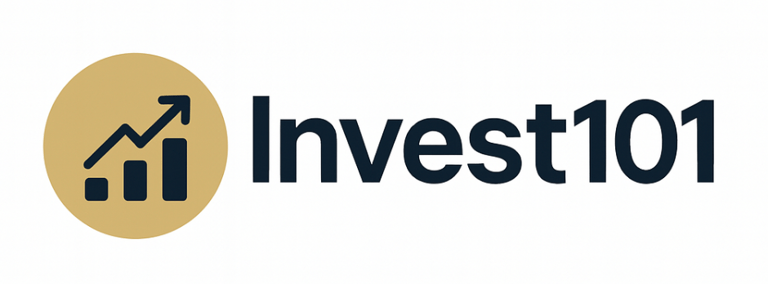Domestic or International Stocks: Where Should You Invest?
As an investor in 2025, you're faced with an important decision: Should you invest in domestic stocks, international stocks, or both?
7/14/20252 min read


Each choice comes with its own set of opportunities and risks, and the right answer depends on your goals, risk tolerance, and global perspective.
Let’s explore both sides and how to balance them effectively.
Domestic Stocks: Familiar and Focused
Pros:
Better transparency and regulation: You know the rules, the news sources, and the business culture.
Home bias advantage: Many investors naturally understand their local market better.
Efficient tax reporting and dividends
Cons:
Limited diversification: You’re exposed to one economy and currency.
Valuation concerns: In countries like the U.S., major indexes (e.g., S&P 500) trade at relatively high valuations.
Missed global growth: Some of the best opportunities now lie outside developed markets.
Best for:
Those seeking stability, familiarity, and easier portfolio management.
International Stocks: Diversified Growth and Value
Pros:
Access to faster-growing economies: Think India, Southeast Asia, or Latin America.
Attractive valuations: Many international markets are cheaper than developed ones.
Currency diversification: Can hedge against weakness in your home currency.
Cons:
Geopolitical risks: Regulatory instability, war, or currency controls.
Less transparency: Financial reporting standards and corporate governance vary.
Foreign tax complications: Withholding taxes on dividends or reporting differences.
Best for:
Those seeking growth, diversification, and long-term global exposure.
Why Not Both?
Diversifying across domestic and international stocks helps:
Smooth portfolio volatility
Capture growth where it occurs
Reduce reliance on a single economy or market cycle
📊 Example:
From 2010–2020, U.S. stocks outperformed. But from 2000–2010, international stocks outperformed U.S. markets.
Market leadership rotates. A globally diversified portfolio helps you avoid betting too heavily on one region.
Practical Tips
Use global ETFs or mutual funds (e.g., VT, VTI + VXUS combo)
For active investing, mix home-country stocks with top international names or ETFs by region (e.g., INDA for India, EWJ for Japan)
Keep an eye on currency exposure, especially in emerging markets
Consider geopolitical risk caps (e.g., limit allocation to high-risk regions)
Final Takeaway
You don’t have to choose either/or. The real power lies in balance.
Domestic stocks anchor your portfolio with familiarity and consistency
International stocks unlock new opportunities, growth, and diversification
In today’s global economy, a portfolio that spans borders is not just smart, it’s essential.
Invest101.blog
Articles and resources for smart investing.
Contact
contact@invest101.blog
© 2025. All rights reserved.
